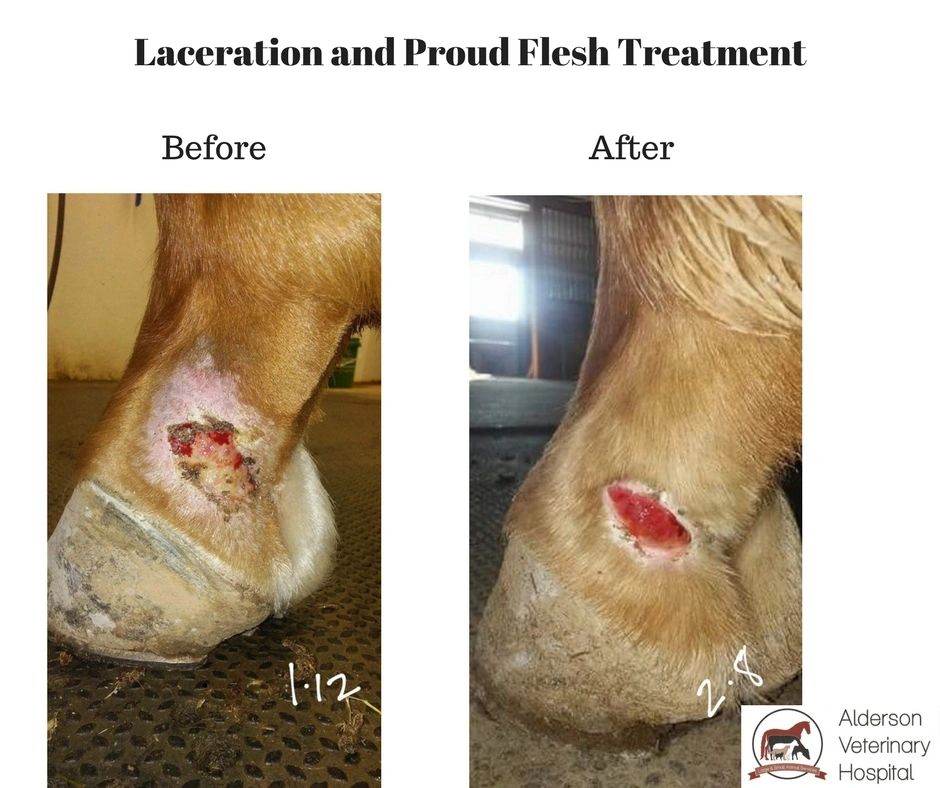Equine Therapy for Trauma Recuperation: How Equines Help Heal Emotional Wounds
Equine Therapy for Trauma Recuperation: How Equines Help Heal Emotional Wounds
Blog Article
Exactly How Laser Therapy in Equine Therapy Is Revolutionizing Veterinary Look After Horses
Laser therapy has actually emerged as a transformative method in equine vet treatment, providing a non-invasive option that expedites healing and boosts overall health and wellness. The portability and adaptability of laser treatment gadgets further highlight their expanding indispensability amongst vets.
Understanding Laser Treatment

The innovation behind laser therapy is grounded in the concept of photochemistry, where photons are absorbed by chromophores within cells, leading to enhanced ATP production and modulation of reactive oxygen species (Equine Therapy). This, in turn, promotes cellular spreading, reduces swelling, and speeds up recovery. Veterinary professionals use different kinds of lasers, including low-level lasers (LLLT) and high-power Class IV lasers, depending on the particular therapeutic objectives and the nature of the equine problem being dealt with
Different laser wavelengths and power settings are thoroughly selected to target various cells midsts and accomplish desired clinical end results. Safety and security methods are vital, as incorrect usage can bring about thermal damage or suboptimal therapeutic results. Therefore, a thorough understanding of laser treatment's systems and applications is essential for its efficient implementation in equine vet method.
Benefits for Horse Health And Wellness
The myriad benefits of laser treatment for equine health and wellness incorporate improved recovery, pain decrease, and improved mobility. This innovative treatment method leverages specific wavelengths of light to permeate cells, promoting mobile function and advertising rapid cells repair. The non-invasive nature of laser therapy makes certain minimal anxiety and discomfort for the equine, helping with a smoother healing procedure.
Boosted healing is among the foremost advantages, as laser treatment increases cellular regeneration and collagen synthesis. This results in much faster recovery times from injuries and operations. Discomfort reduction is achieved with the anti-inflammatory results of laser treatment, which lowers swelling and decreases the manufacturing of pain-inducing chemicals. Therefore, horses experience substantial remedy for persistent and intense discomfort conditions.
Better mobility is another critical benefit, especially for performance and working horses. By decreasing inflammation and pain, and enhancing tissue repair work, laser therapy helps in restoring joint function and muscle flexibility. The cumulative effect of these benefits is not just a quicker go back to typical activity but likewise an overall enhancement in the horse's quality of life. Hence, laser treatment stands as a transformative device in contemporary equine veterinary care.
Common Conditions Treated
Laser treatment has become a flexible treatment choice for a range of typical equine conditions. Amongst these, musculoskeletal injuries are specifically open to laser therapy. Equine Therapy. Soft cells injuries, such as tendonitis and ligament pressures, take advantage of the anti-inflammatory and analgesic results of laser therapies, which accelerate recovery and decrease discomfort. Furthermore, laser therapy works for conditions like osteoarthritis, where it helps minimize joint inflammation and advertise tissue repair.
Wound management is one more location where laser therapy he has a good point has actually revealed significant promise. Chronic wounds or slow-healing abscess can be particularly difficult in horses, however laser treatment enhances mobile regrowth and improves blood flow, hence speeding up the recovery procedure. Laser treatments have been efficiently employed in handling hoof conditions such as laminitis and abscesses, relieving discomfort and promoting faster healing.

Innovation Behind Laser Therapy
Past the myriad conditions treatable with laser treatment, the technology itself merits closer examination. At the heart of laser treatment is making use of specific wavelengths of light to permeate tissues and elicit organic feedbacks. These wavelengths, commonly varying from 600 to 1000 nanometers, are precisely absorbed by chromophores in the skin, muscle, and various other tissues, initiating a waterfall of cellular events.
Laser devices made use of in vet medicine often make use of low-level laser treatment (LLLT) or cool laser treatment. Unlike high-powered surgical lasers, these tools run at lower power levels, optimizing healing benefits while lessening thermal damages. The energy important site from the laser light boosts adenosine triphosphate (ATP) production, boosts cellular metabolism, and accelerates cells repair procedures.

Success Stories and Situation Research Studies

Showcasing the tangible benefits of laser therapy, countless success tales and study brighten its transformative impact on equine health. One such case involves a pure-blooded racehorse suffering from chronic tendonitis. Typical therapies produced very little improvement, but after incorporating laser treatment right into the routine, the equine displayed considerable reductions in inflammation and pain within weeks, ultimately going back to affordable racing.
Another compelling instance includes a dressage equine diagnosed with severe back discomfort, restricting its performance. A veterinary group used low-level laser therapy (LLLT) to target the inflamed locations, causing marked improvement in adaptability and a remarkable decline in discomfort. Over numerous sessions, useful link the horse regained its peak form, showcasing the efficiency of laser treatment in dealing with musculoskeletal concerns.
Furthermore, a study performed at a leading equine center analyzed 50 steeds with different soft cells injuries treated with laser treatment. The results were striking: 85% of the steeds demonstrated increased healing times and enhanced wheelchair. These cases emphasize the flexibility and performance of laser therapy in equine medication, using a non-invasive, scientifically-backed approach to improving recovery and efficiency in horses.
Final Thought
Laser therapy is reinventing equine vet care by giving a non-invasive treatment that accelerates healing, reduces inflammation, and reduces discomfort. With its effectiveness in treating a series of conditions, from musculoskeletal injuries to chronic conditions like osteo arthritis, this innovation significantly improves equine wellness and mobility. The mobility and flexibility of laser therapy additionally emphasize its transformative effect on vet techniques, solidifying its role as a crucial tool in modern-day equine medical care.
Report this page